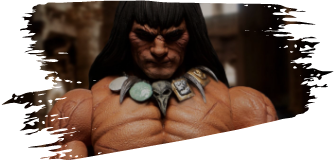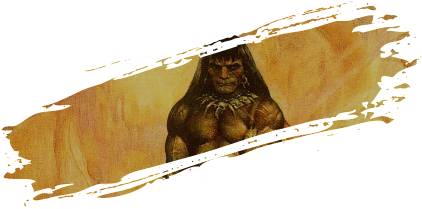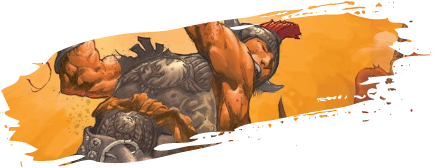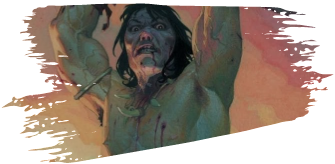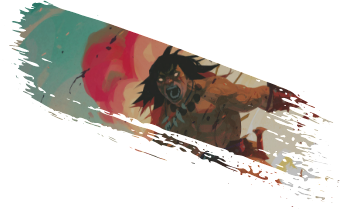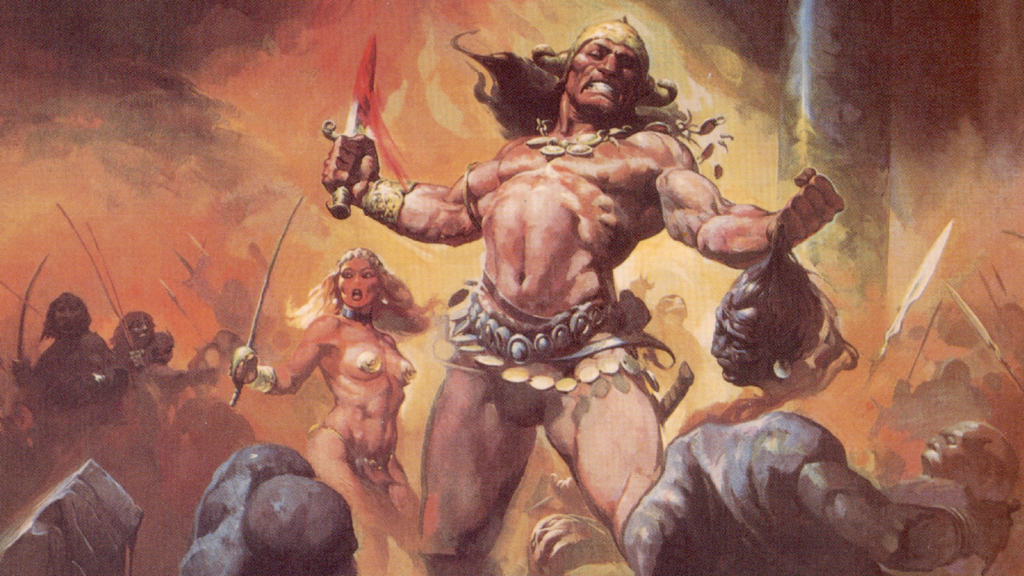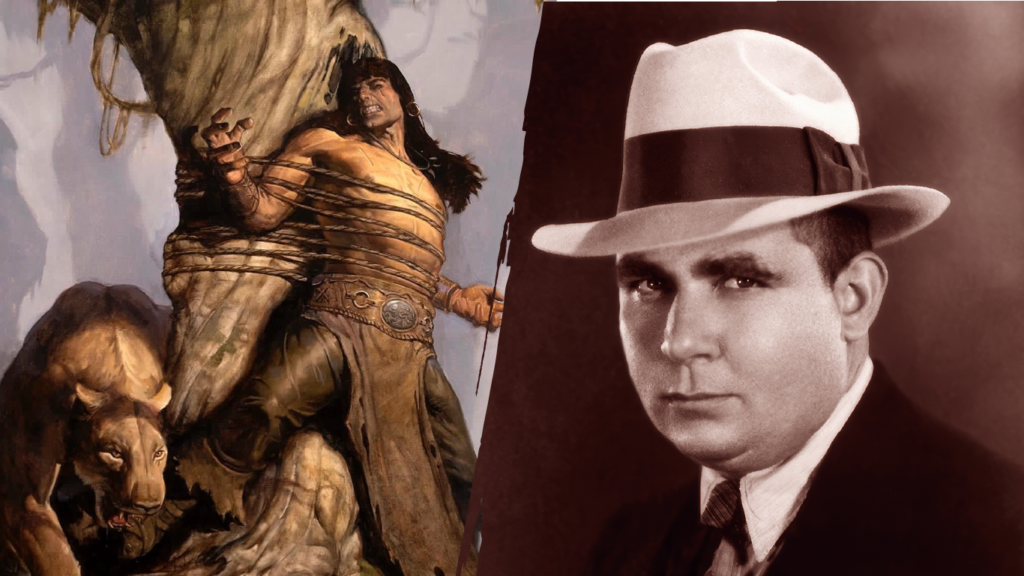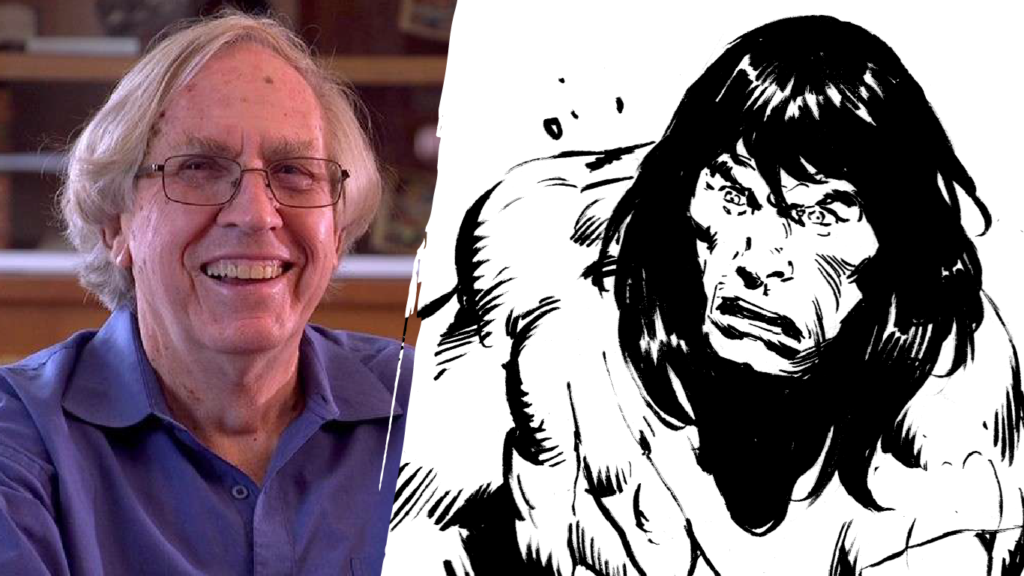
Few names are as synonymous with Conan comics as Roy Thomas.
As the writer who first brought Robert E. Howard’s legendary barbarian to Marvel Comics in 1970, Thomas defined how generations would experience Conan’s adventures through sequential art. Now, after decades of shaping the character’s legacy, Thomas returns to the title he helped make legendary: Savage Sword of Conan.
In an exclusive interview, Thomas pulls back the curtain on his latest Hyborian Age adventure, “Mark of the Beast,” revealing the creative process behind his enduring connection to Cimmeria’s most famous son.
His insights not only illuminate the craft behind Conan’s latest tale but also remind us why these stories continue to captivate readers across generations.
Roy Thomas Has Mastered the Art of Adaptation
The Hyborian Age has always been fertile ground for storytelling, and in “Mark of the Beast,” Roy Thomas demonstrates his masterful ability to wrangle diverse influences into Conan’s world while maintaining the essential spirit of Robert E. Howard’s creation.
The story’s genesis comes from an unexpected source: Rudyard Kipling. “Actually, I took only a few pages of this story from Kipling’s tale–the scene in the temple of the tiger god (which is a monkey god in Kipling)… and even there, there are significant differences,” Thomas explains. This creative adaptation transforms Kipling’s colonial India into the mysterious Vendhya of the Hyborian Age, where ancient gods and primal forces hold sway in the steaming jungles.
The setting proves perfect for introducing one of Thomas’s most compelling original characters: the enigmatic Darhini. When discussing her creation, Thomas reveals his understanding of both genre conventions and their necessary evolution: “The notion of a ‘woman of the wild’ has always been around. Even in Conan… what is a Conan story without at least one beautiful woman, be she damsel in distress, pirate queen, mercenary soldiers, horny queen, or whatever?” Yet Darhini transcends these archetypes, emerging as a fully realized character whose motivations drive the story’s complex plot.
This balance of adaptation and originality extends to the story’s collaborative creation. Working with artist Rob Del Torre, Thomas embraced the organic evolution of the narrative. “He altered the precise introduction and form of the Were-Tiger aspect of the character Raj, but that just meant the climax of the story played out in a slightly different way than I had intended.” This flexibility in storytelling demonstrates why Thomas’s work continues to resonate—he understands that adaptation is most worthwhile only when it captures the essence of an idea and allows it to grow in new and unexpected directions.
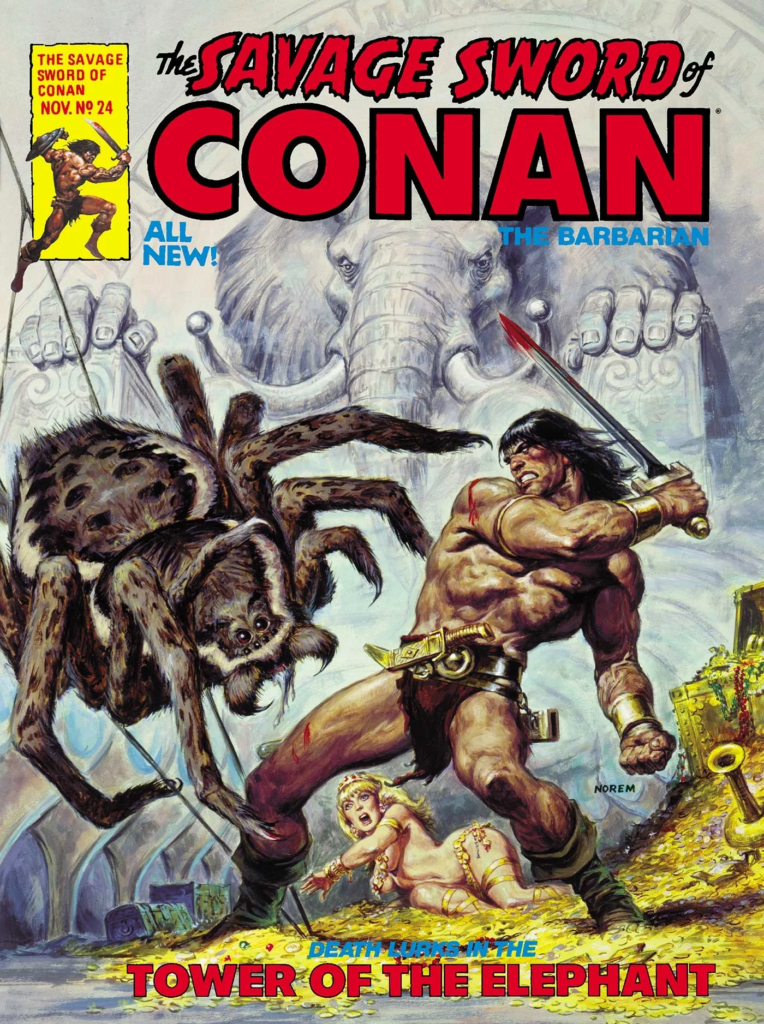

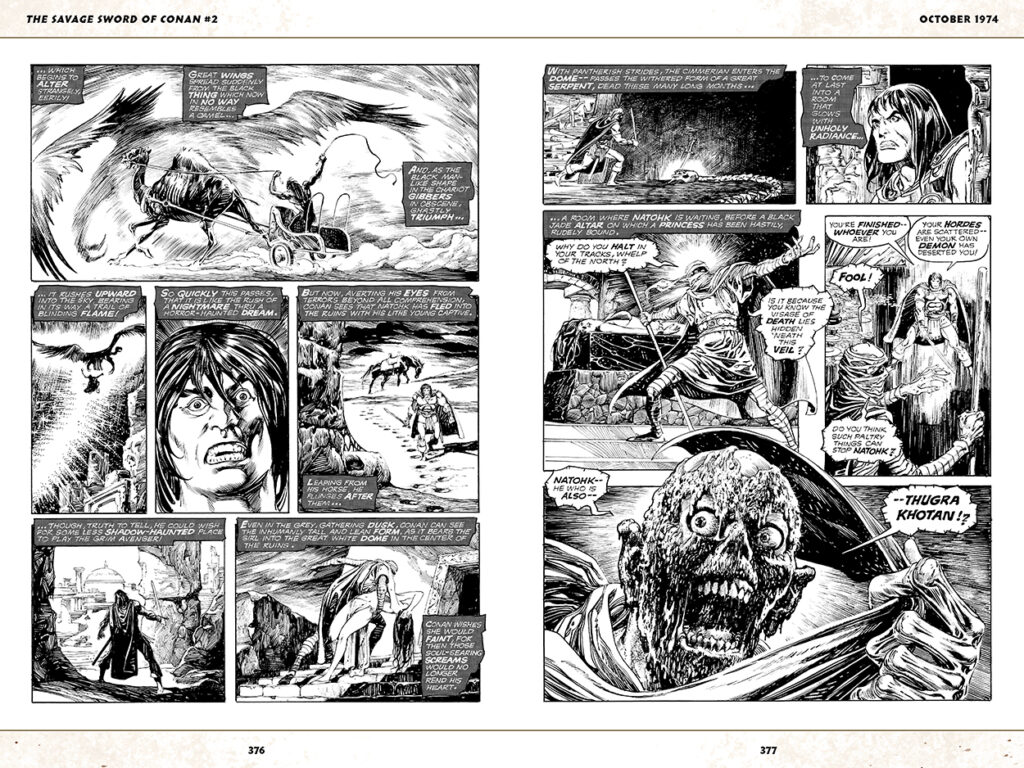

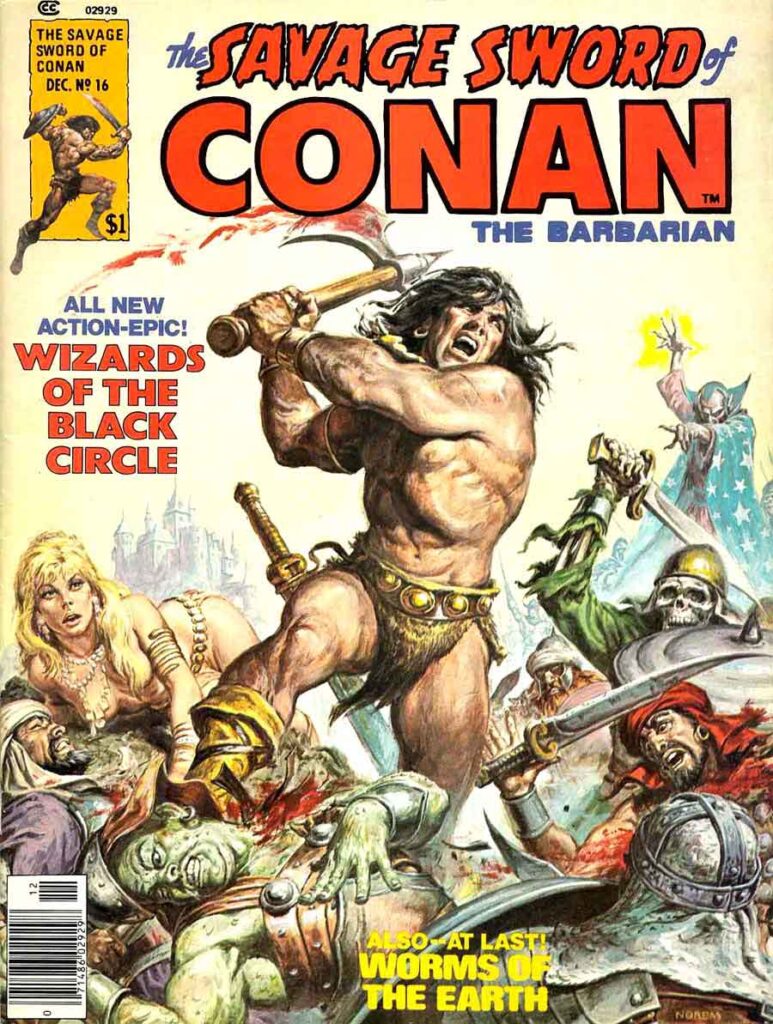
How Roy Thomas Dictated the Visual Language of Conan
In an era when superhero comics relied heavily on internal monologues and thought bubbles, Thomas made a bold choice that would define Conan’s visual identity. “While Marvel’s comics (and DC’s and others’, for that matter) were full of thought balloons in those days, I immediately eschewed the idea of writing any for Conan,” he recalls. This decision, along with minimal sound effects, created a more cinematic, atmospheric approach that perfectly suited the brooding, action-packed world of the Cimmerian.
This visual evolution of Conan continues today through artists like Rob Del Torre, who carries forward the towering legacy of John Buscema. “Since Rob inks his own work while John rarely did, he brings even more blacks and mood into the mix,” Thomas notes. The success of these artistic choices owes much to what Thomas calls the “Marvel style” of collaboration. “That often happens with artists when one works ‘Marvel style,’ as the expression was,” he explains, referring to the dynamic process where artists receive a plot outline rather than a fully scripted page. This approach allows for a unique synthesis of writer and artist vision, creating stories that feel more organic and visually driven than traditionally scripted comics.
This visual language has become inseparable from Conan’s comic book identity. The absence of thought bubbles forces the art to carry the character’s internal world through posture, expression, and action. The heavy blacks and moody atmosphere create a world that feels dangerous and alive. Together, these artistic choices not only endured but helped define how sword and sorcery stories are told in comics, proving that sometimes the most powerful storytelling comes not from what you add, but from what you choose to leave out.
The Labor of Love in Preserving Howard’s Vision
Despite his revolutionary contributions to Conan’s comic book legacy, Roy Thomas has always seen himself first and foremost as a custodian of Robert E. Howard’s creation. “I did try to stay true to the character as Howard conceived him… slightly adjusted for a comicbook setting,” Thomas explains. This approach has proven crucial in maintaining Conan’s authenticity across decades of storytelling.
The challenge of adapting Conan for different media has been a constant throughout the character’s history, from pulp magazines to modern comics. What makes Thomas’s work particularly significant is his understanding of why Conan resonates so deeply with readers: “He seems almost like a real human being… yet a human being carved out of something both purer and more basic than the neurotic heroes of modern fiction.”
Perhaps most telling is Thomas’s humble acknowledgment of his role in Conan’s legacy. Despite his pivotal contributions, he insists that “Conan is mainly, though, the achievement of Robert E. Howard, not of Roy Thomas or anyone else.” This deference to Howard’s original vision has guided Thomas throughout his career, ensuring that each new story, whether adapted or original, remains true to the essence of the character Howard created.
It’s this combination of respect and understanding that has allowed Thomas to serve as a bridge between Howard’s original stories and modern interpretations. By recognizing and preserving the fundamental elements that make Conan compelling—his complexity, his primal nature, his humanity—Thomas has helped ensure that new generations of readers can discover and connect with Howard’s creation in its most authentic form, even as the character continues to evolve across different media and eras.
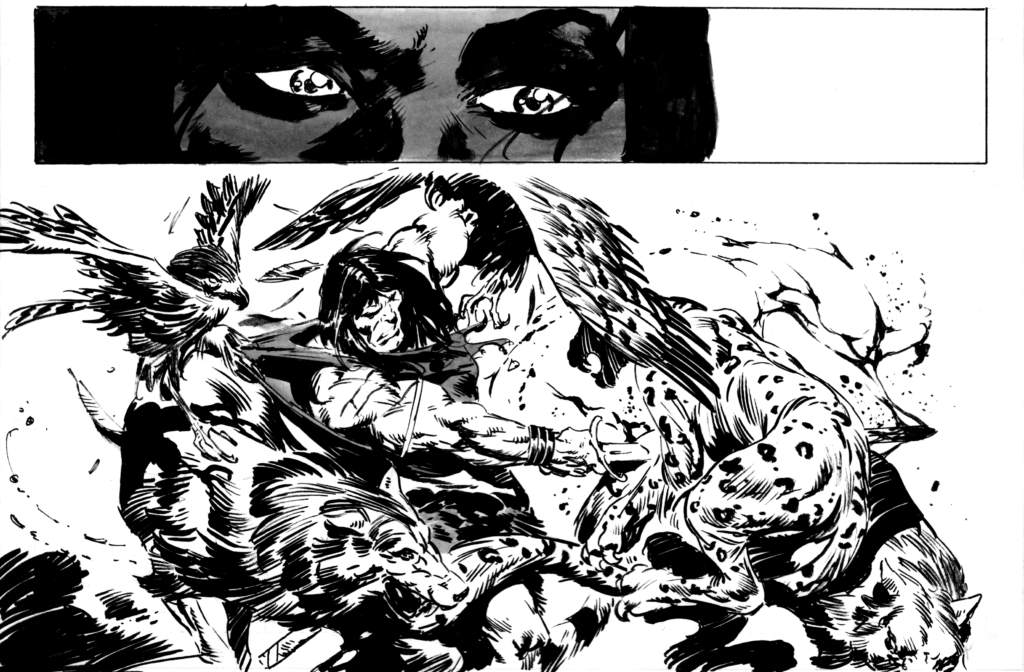
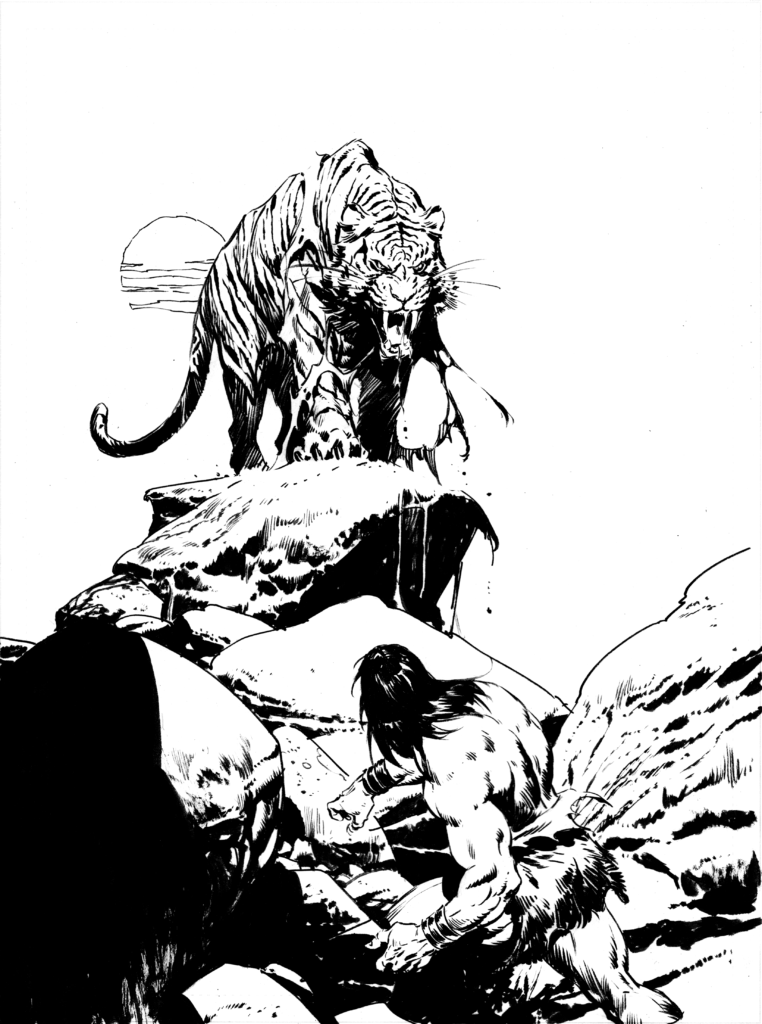
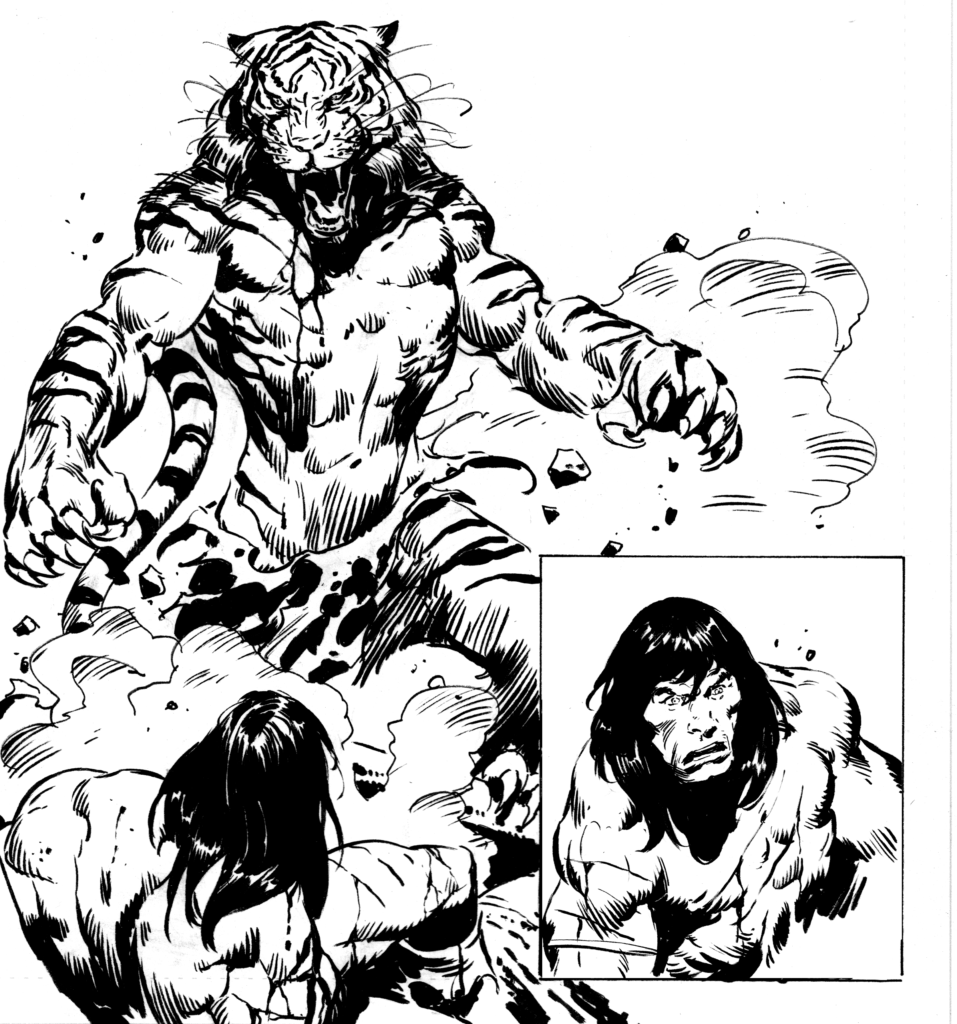
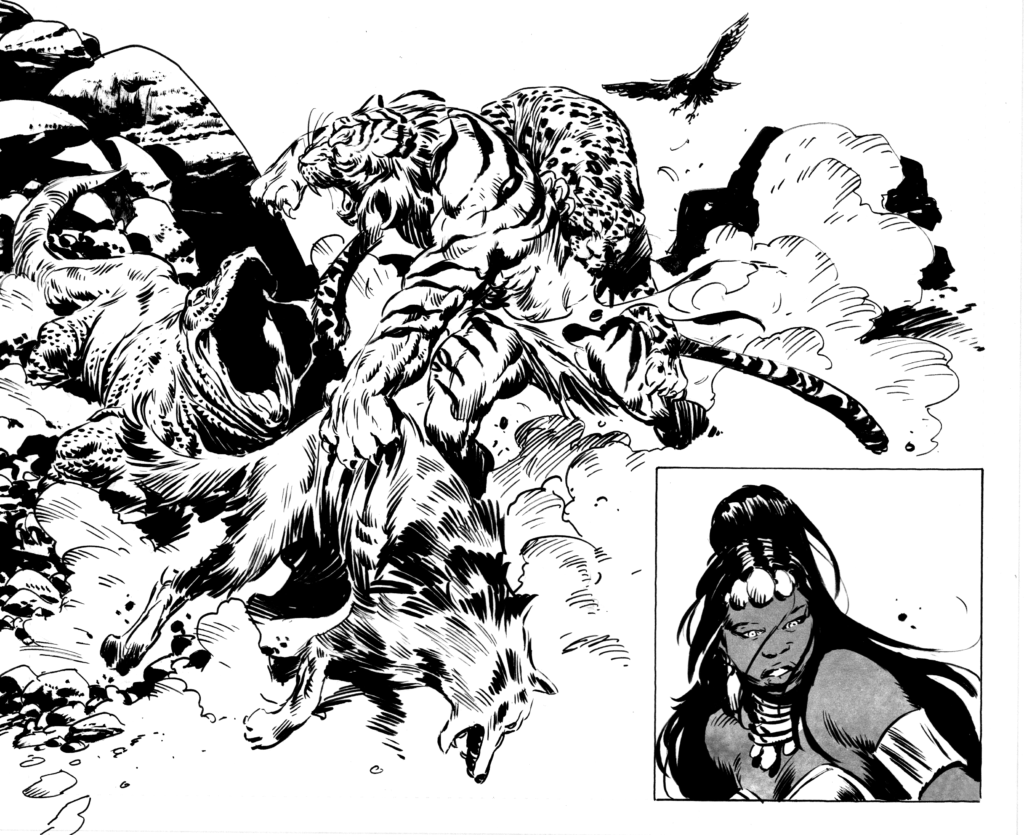
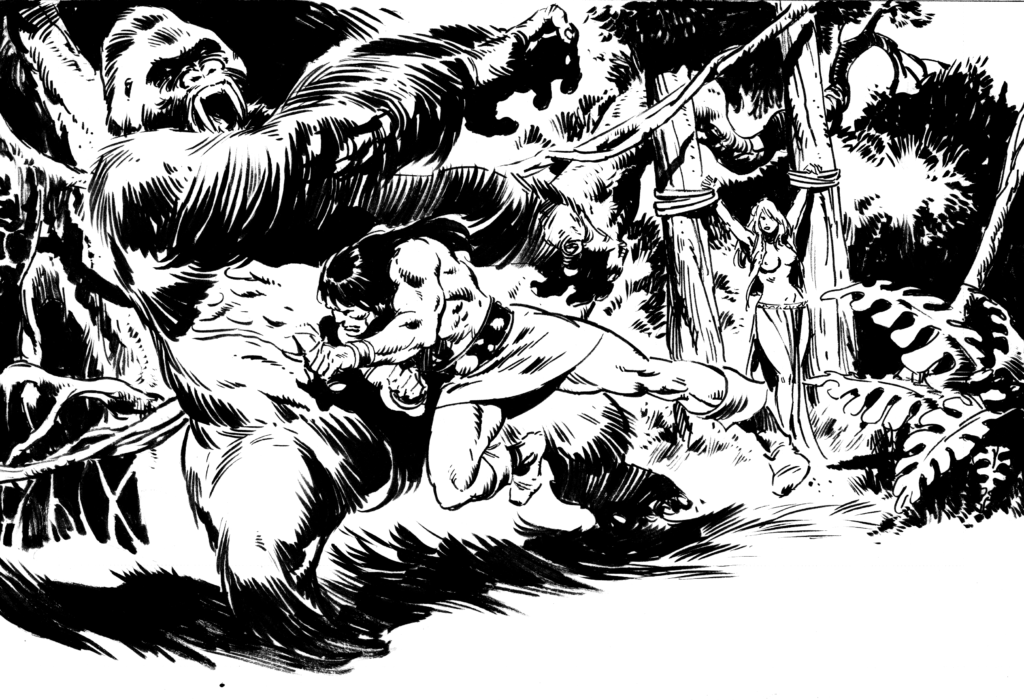
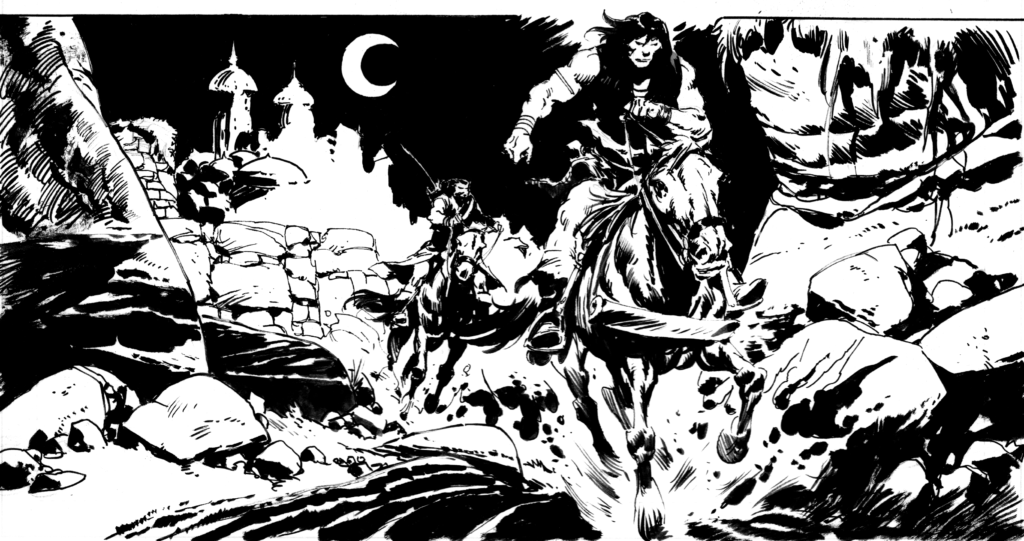
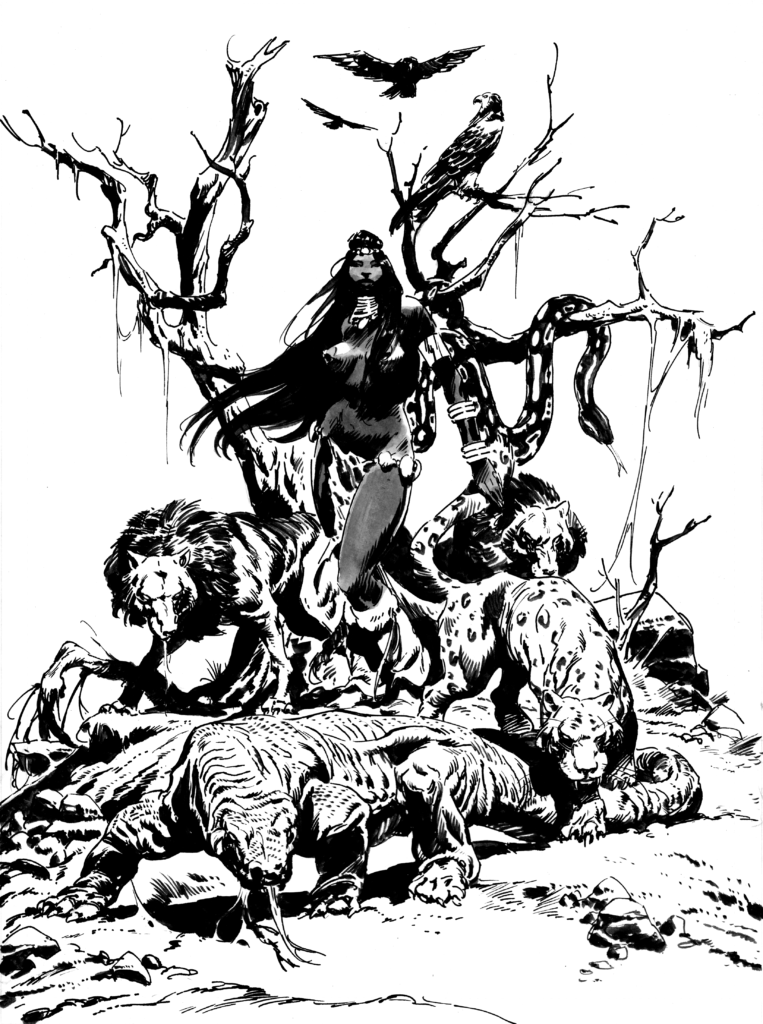
The Future of Savage Sword
As Savage Sword of Conan continues its storied legacy, it maintains a delicate balance between honoring its past and forging ahead into new territory. The series’ enduring strength lies in what Thomas identifies as its core appeal: “Good writing and good art, tied to a character who in some ways is definitely tied to the pulp magazines of the 1930s but in other ways is timeless.” This duality—the classic and the contemporary—keeps Conan perpetually relevant to new generations of readers.
The quality of current Savage Sword stories speaks to the dedication of its creative teams. “Everybody seems to want to bring his/her ‘A’ game to Conan, and the books benefit from that,” Thomas observes. This commitment to excellence ensures that each new issue lives up to the high standards set by decades of legendary creators, while pushing the boundaries of what Conan stories can be.
Thomas’s own willingness to return to the character he helped define for comics speaks volumes about the current series’ direction. When asked about future contributions, his enthusiasm is clear: “Sure […] I truly enjoyed being a part of ‘The Mark of the Beast.’” His continued involvement serves as both a bridge to Savage Sword’s illustrious past and a stamp of approval for its current direction.
As Savage Sword moves forward, it carries with it the accumulated wisdom of creators like Thomas. The series continues to prove that the Hyborian Age remains a fertile ground for storytelling, with each new issue adding another chapter to Conan’s ongoing legacy.
Roy Thomas’s return to Savage Sword of Conan #7, featuring “Mark of the Beast,” arrives in comic shops on February 26th.
Don’t miss this chance to witness a master storyteller’s triumphant return to the Hyborian Age, gorgeously illustrated by Rob De La Torre. Whether you’re a longtime fan or new to Conan’s world, this issue promises to be a landmark addition to the barbarian’s legendary saga.
Get your copy now through your local comic shop to reserve your piece of sword-and-sorcery history.
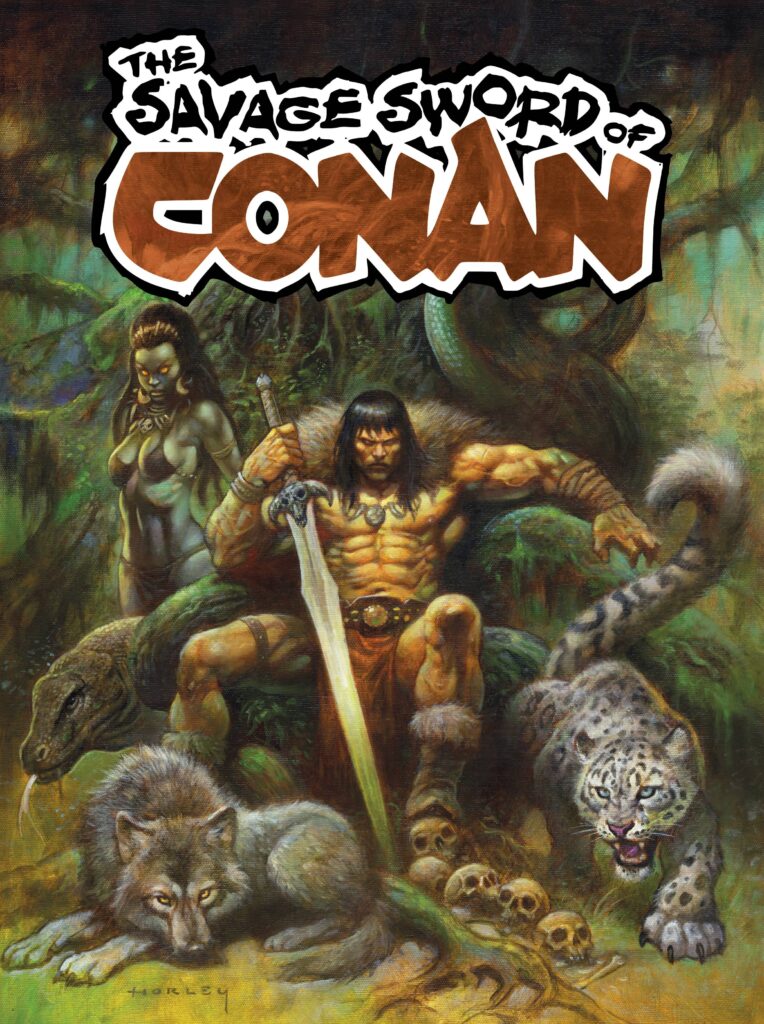

Lo Terry
In his effort to help Heroic Signatures tell legendary stories, Lo Terry does a lot. Sometimes, that means spearheading an innovative, AI-driven tavern adventure. In others it means writing words in the voice of a mischievous merchant for people to chuckle at. It's a fun time.

